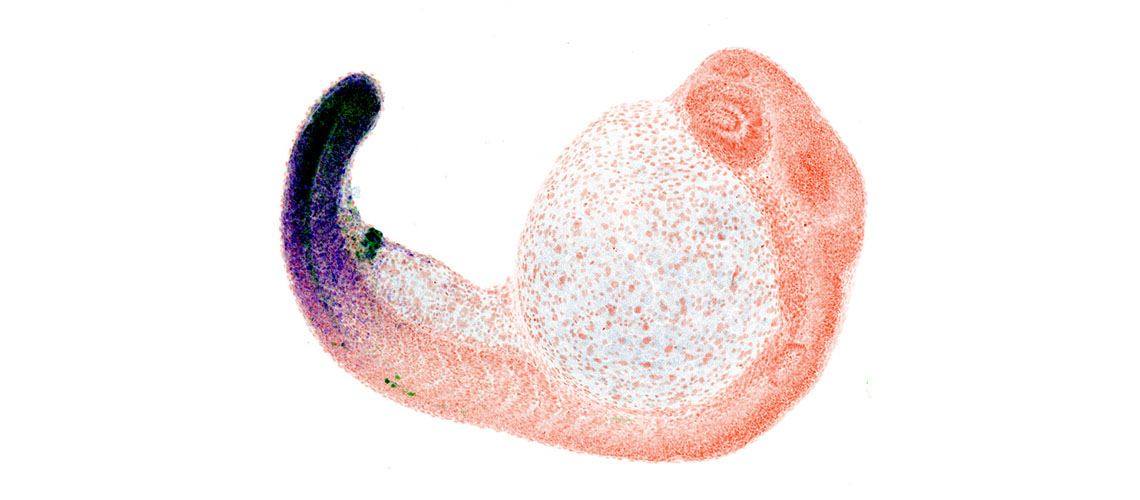Follow us on Google News (click on ☆)
An international team led by the University of Geneva (UNIGE) with EPFL, the Collège de France, and the universities of Harvard and Chicago provides an unexpected answer: fingers likely originated from the reuse of an ancient region of the genome, initially active in the formation of the fish cloaca rather than in their fins. Published in Nature, this discovery reveals a major evolutionary strategy that involves recycling existing elements rather than building new ones.

Illustration image Pexels
380 million years ago, our fish ancestors began colonizing the land, evolving into many vertebrate species equipped, notably, with efficient lungs to filter oxygen but also with feet and hands. Understanding how the latter appeared remains one of the oldest and most debated scientific questions. Did they originate from fins, which are homologous to our arms and legs, or, conversely, are they entirely new structures?
Rather than building a new regulatory system for fingers, nature repurposed an existing one.
Change of perspective
To answer this question, the research team did not limit itself to studying the genes involved in the development of fingers themselves; it also explored the vast non-coding regions of the genome—the complete set of chromosomes and genes of a species or an individual—that control their expression and activation. These regions are called "regulatory landscapes." Immensely larger than the coding regions, which make up only 2% of the genome, they act as true "control towers" for gene expression.
By comparing the genomes of mice and fish, scientists first identified a conserved regulatory landscape between the two species involved in the development of mouse limbs. Then, by deleting this huge DNA region in fish using CRISPR/Cas9 technology—genetic scissors that enable genome editing—the team observed a loss of gene expression in the cloaca, but not in the fins.

Expression of the Hox13 gene in zebrafish (Duboule et al., Nature, 2025) © Brent Hawkins
This surprising result suggests that the cloaca—the organ where the intestinal, excretory, and reproductive systems meet at their ends in many species—was repurposed in land vertebrates to develop fingers. "The common point between the cloaca and fingers is that they represent terminal parts. Sometimes the end of tubes in the digestive system, sometimes the end of feet and hands, in other words, the fingers. Both thus mark the end of something," mentions Aurélie Hintermann, a former PhD student at UNIGE now a postdoctoral researcher at the Stowers Institute (USA) and co-author of the study conducted during her doctorate.
Evolutionary recycling
In particular, the regulatory landscapes in question control the activation of Hox genes, known as "architect genes." They establish the body plan by determining the position and identity of segments or organs. They act at the top of a complex network of thousands of operational genes by controlling their expression. A mutation in these genes can therefore lead to profound anatomical changes, certainly explaining their decisive involvement in evolution.
"The fact that these genes are involved is a striking example of how evolution innovates, by recycling old elements to make new ones," comments Denis Duboule, professor at UNIGE and the Collège de France, and initiator of the study. "Rather than building a new regulatory system for fingers, nature repurposed an existing one, initially active in the cloaca."
A new piece in the evolution puzzle
Thus, it is not only the operational or coding genes that evolve, but especially the architecture of their regulation. And sometimes, an entire region can be recycled in another morphological context, as is the case from the cloaca to the fingers. The next step is to discover not where these modifications appear in the genome, but how, in order to continue describing the mechanisms of evolution and explain the transition from a distant aquatic ancestor to today's fish and humans.